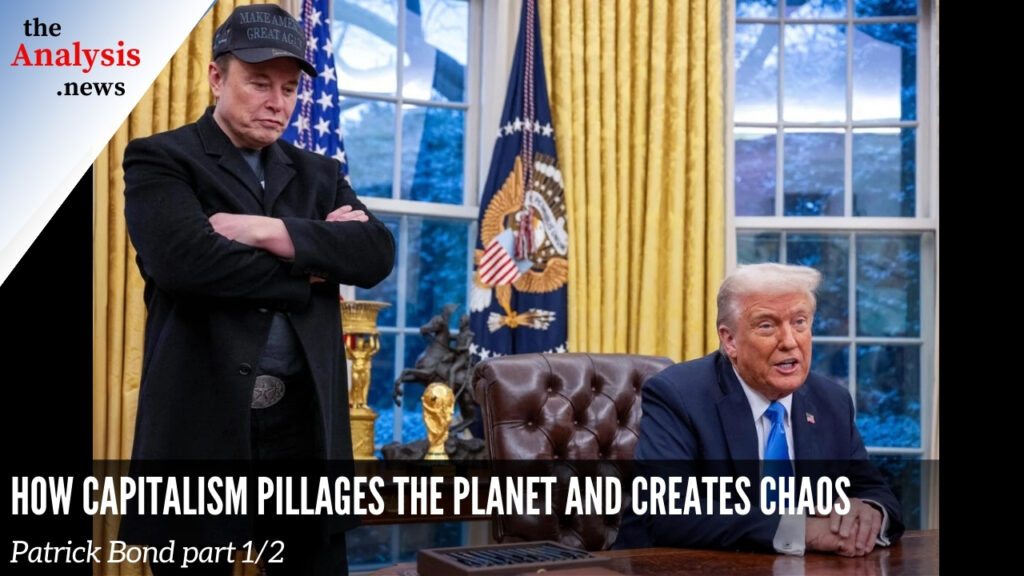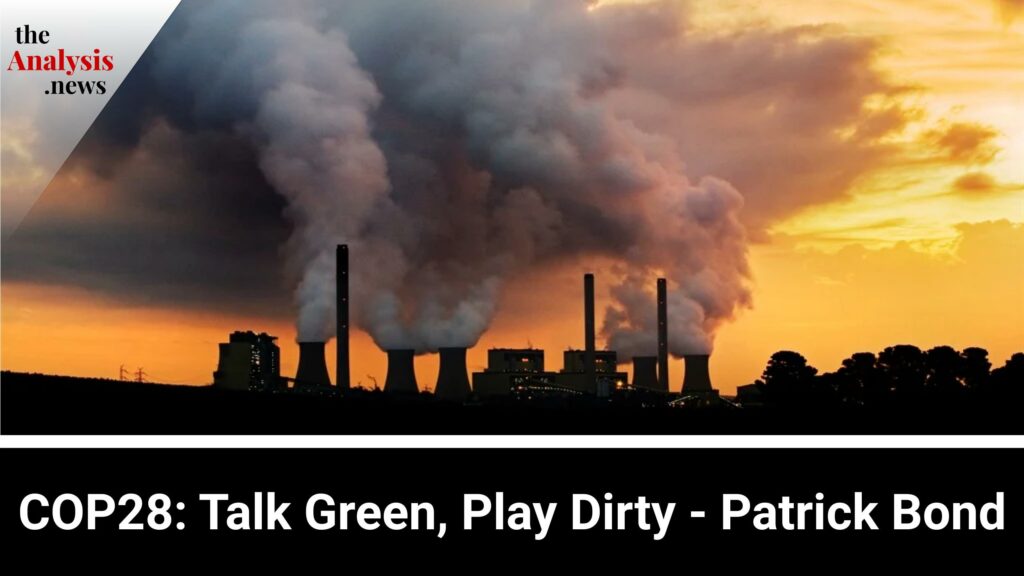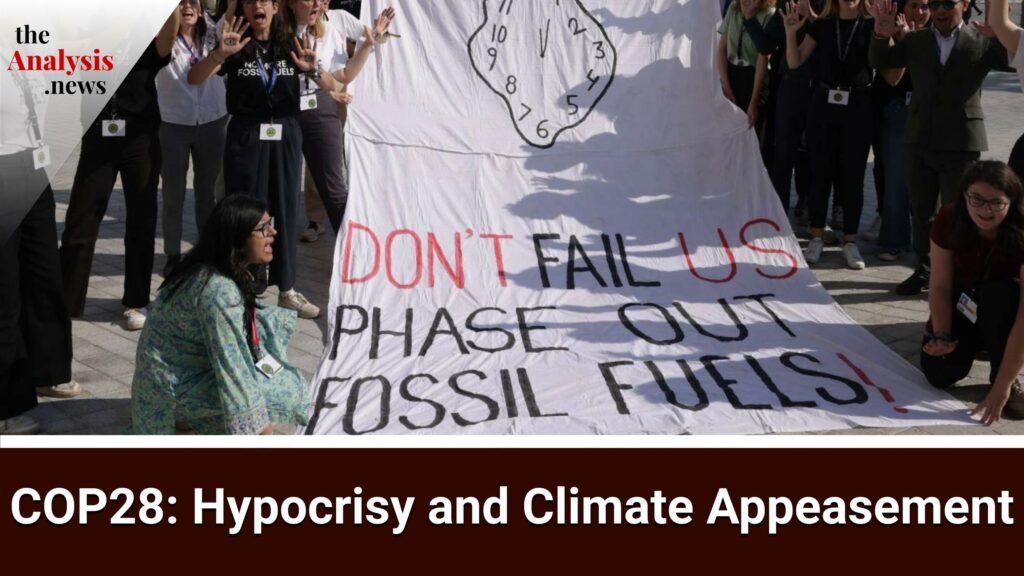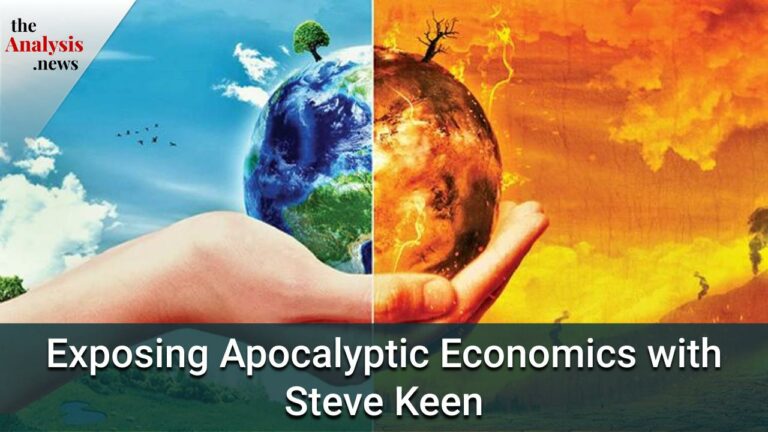“Witnesses testified on how the greenhouse effect will change the global climate system and possible solutions.”
TRANSCRIPT
Senator David Durenberger
Alright, our next witness is Dr. Carl Sagan of Cornell University, a man who needs no introduction. He comes to us today from the Center for Radio Physics and Space Sciences. We welcome you, and we’re very pleased that you would take the time out of your schedule to come to a place like Washington where everything seems to be living in today and not in tomorrow to share with us your particular view of how our past and our present may well affect our future. Carl, thank you very much.
Carl Sagan
Thanks very much. Senator [David] Durenberger, Senator [Al] Gore, Senator [Quentin] Burdick, I’m glad to be here. As I understand, my function is to give some sense of what the greenhouse effect is, to try to say something about the greenhouse effect on other planets, and to again underscore that this is a real phenomenon. And then perhaps I can take the liberty to say a few remarks about what to do about it.
The power of human beings to affect control and change the environment is growing as our technology grows, and at the present time, we clearly have reached the stage where we are capable, both intentionally and inadvertently, to make significant changes in the global climate and in the global ecosystem. And we’ve probably been doing on a smaller scale things like that for a very long period of time. For example, slash and burn agriculture, which has been with us for tens of thousands of years, probably, changes the climate to some extent by changing the albedo, the reflectivity of the Earth.
That massive changes have occurred is clear from the historical record. For example, Egypt was once the breadbasket of the Roman Empire. It may be the same role as the American Midwest plays today. That is certainly no longer the case. It’s not a greenhouse effect issue. It may be an overgrazing issue, but it is an example of how humans are perfectly capable of making these unexpected and inadvertent changes.
Because the effects occupy more than a human generation, there is a tendency to say that they are not our problem. Of course, then they are nobody’s problem, not on my tour of duty, not on my term of office. It’s something for the next century. Let the next century worry about it. But the problem is that there are effects, and the greenhouse effect is one of them which have long time constants. If you don’t worry about it now, it’s too late later on. And so in this issue, as in so many other issues, we are passing on extremely grave problems for our children when the time to solve the problems, if they can be solved at all, is now.
If you ask, what determines the Earth’s climate? Clearly, the main thing that determines it is sunlight. Sunlight is what heats the Earth. Not all the light that arrives at the Earth from the Sun goes to heating the Earth. Some of it is reflected back. It’s just the part that is absorbed and what happens is there’s a certain rate at which sunlight is absorbed by the Earth’s surface. And there’s a certain rate at which the Earth’s surface radiates to space.
What comes from the Sun is in the ordinary visible part of the spectrum that our eyes are sensitive to. What the Earth radiates into space is in the infrared part of the spectrum. Longer waves than red that our eyes are not sensitive to. But it’s as legitimate, a form of light as the kind that we’re used to.
Now, if you calculate what the temperature of the Earth ought to be from how much sunlight is being absorbed, equaling how much infrared radiation would be radiated to space, you find that the Earth’s temperature, by this simple calculation, is too low. It’s about 30 centigrade degrees, too low. And why is it too low? It’s too low because something was left out of the calculation. What was left out of the calculation? The greenhouse effect.
The air between us is transparent, except in Los Angeles and places of that sort. In the ordinary visible part of the spectrum, we can see each other. But if our eyes were sensitive at, say, 15 microns in the infrared, we could not see each other. The air would be black between us. And that’s because, in this case, carbon dioxide. Carbon dioxide is very strongly absorbing at 15 microns. And other wavelengths in the infrared. Likewise, there are parts of the infrared spectrum where water vapour absorbs, where we could not see each other if we were only as far apart as we are in this room.
If you add these infrared absorbing gases to a planet, then what happens is the sunlight comes in as before. But when the surface tries to radiate the space in the infrared, it is blocked. It is impeded by the absorbing gasses. And so, the surface temperature has to rise so that there is an equilibrium between what comes in and what goes out. So this is the greenhouse effect. It is a misnomer for more reasons than one. It’s a misnomer in particular because that’s not how a florist greenhouse works, but that’s a very minor point.
There are other gases which absorb in the infrared, all of them, many of which have been mentioned already,: nitrous oxide, methane, the halocarbons. And these are products partly of agriculture. It’s fertilizers, refrigeration, aerosol spray cans, and so on, all products of our technology. We don’t generate much water into the atmosphere, but we certainly do generate a great deal of carbon dioxide through the burning of wood and fossil fuels and apparently benign activity. Who could object to humans burning oil and coal, gas and wood?
I’d like to stress that the greenhouse effect makes life on Earth possible. If there were not a greenhouse effect, the temperature would, as I say, be 30 centigrade degrees or so colder. And that’s well below the freezing point of water everywhere on the planet. The oceans would be solid after a while.
A little greenhouse effect is a good thing, but there is a delicate balance of these invisible gases, and too much or too little greenhouse effect can mean too high or too low a temperature. And here we are pouring enormous quantities of CO2 and these other gasses into the atmosphere every year, with hardly any concern about its long-term and global consequences.
Now, certainly, not all aspects of how increased CO2 and other gasses into the atmosphere affect the climate are known. There are still many uncertainties, although the overall picture is, I think, quite clear and quite widely understood and accepted.
But there are questions about aerosols and about clouds. You heat up the Earth. How much increase or decrease in cloudiness is there? How does that change the albedo or reflectivity of the Earth? There’s questions about the ocean and its response time to an increase in CO2. There are feedback effects, and therefore it is certainly worthwhile to spend some additional money on further research on the subject.
Another point is that the significant temperature changes on the Earth between ice ages and out of ice ages, glacial and interglacial time periods, seem to be connected with quite small changes in the amount of sunlight that reaches the Earth due to changes in the Earth’s orbital properties. And that is a suggestion that the Earth’s climate system may be very delicately dependent on the sorts of factors that we’re talking about here. And that’s why it makes sense to study past climatic changes on the Earth in an attempt to obtain some calibration.
Another source of calibration is the other planets. Every planet with an atmosphere has some degree of a greenhouse effect. The most spectacular case by far is the greenhouse effect of Venus. It’s the nearest planet about the same mass-radius density as the Earth. But it is spectacularly different in several respects, one of which is that the surface temperature is about 470 degrees centigrade, 900 fahrenheit. And that enormous temperature is not due to it being closer to the Sun, because Venus is surrounded by bright clouds, and, in fact, because it reflects so much light back to space, if that’s all that was happening, it would be cooler, not warmer than the Earth.
The reason for this absurdly high temperature on the surface of Venus, which is well understood, I mean, Soviet spacecrafts have landed on Venus and, in effect, stuck out a thermometer. There’s no doubt that the surface temperature is very high, and later U.S. spacecrafts have as well. The reason is a massive greenhouse effect in which carbon dioxide plays a major role.
Now, the amount of CO2 in the Venus atmosphere is much larger than here. The atmosphere is almost entirely carbon dioxide, and there’s 90 times more of it there than here. But it is an indication of what can happen in an extreme case.
You look at Mars or Jupiter or Titan, the big moon of Saturn, and you have additional examples of greenhouse effects, different gases, different amounts of sunlight reaching the surface, different planetary albedoes and cloudiness. And in all those cases, there is also a greenhouse effect.
In addition, it has been possible to calculate those greenhouse effects fairly accurately, so that the kind of theoretical armamentarium which is used to calculate the greenhouse effect. Greenhouse effect changes on the Earth is also used for other planets and therefore can be calibrated to some extent against those other planets. If we keep coming up with the right answer in all those different cases, we probably understand fairly well how greenhouse effects work.
It would, however, be worthwhile along the lines that Senator Gore was talking about to have an increased program through NASA to understand the greenhouse effects on other planets. This might be a very practical application of planetary exploration.
As you’ve heard, the best estimates, they certainly have some uncertainty attached to them, are that at the present rate the burning of fossil fuels, the present rate of increase of minor infrared absorbing gases in the Earth’s atmosphere, that there will be a several centigrade degree temperature increase on the Earth’s global average by the middle to the end of the next century. And that has a variety of consequences, including redistribution of local climates and, through the melting of glaciers, an increase in global sea level. There is concern on a somewhat longer time scale about the collapse of the West Antarctic ice sheet and a general rise of many meters in sea level.
So we have a kind of handwriting on the wall. Certainly, there’s more research to be done, but as I say, there is a consensus. What can be done about it? The idea that we should immediately stop burning fossil fuel has such severe economic consequences that no one, of course, will take it seriously. But there are many other things that can be done. One has to do with subsidies for fossil fuels. More efficient use could be encouraged by fewer government subsidies.
Secondly, there are alternative energy sources, some of which are useful, at least locally. Solar power is certainly one that might be of more general use—safe fission power plants which are in principle possible. And then on a longer time scale, the prospect of fusion power, fission and fusion power plants in principle vent no infrared active gases, and therefore whatever other problems they may provide, they do not provide a greenhouse problem.
I’d like to close by just saying a few words on the kind of perspective that this problem, as related problems, pose to us. Here is a problem that transcends our particular generation. It is an intergenerational problem if we don’t do the right thing now, there are very serious problems that our children and grandchildren will have to face. It is also a global problem.
It is no good if just one or two major industrial nations take major steps to prevent a major increase. Still further in CO2 and other greenhouse gases because other nations may, through their industrial development, cause the problem by themselves.
And not to say that this is inevitable, but just to give an example, the largest coal reserves on the planet are the United States, Soviet Union and China. China is undergoing a very major industrial development, and the burning of coal is certainly something that must be very attractive for the Chinese looking into the future.
I would say that there is no way to solve this problem even if the United States and the Soviet Union were to come to a perfectly good accord on this issue without involving China and many other nations that will be developing rapidly in the time period we’re talking about.
So here is a sense in which the nations who deal with this problem have to make a change from their traditional concern about themselves and not about the planet and the species—a change from the traditional short-term objectives to longer-term objectives. And we have to bear in mind that in problems like this, the initial stages of global temperature increase, one region of the planet might benefit while other regions of the planet suffer, and there has to be a kind of trading off of benefits and suffering, and that requires a degree of international amity which certainly doesn’t exist today.
I think that what is essential for this problem is a global consciousness, a view that transcends our exclusive identifications with the generational and political groupings into which, by accident, we have been born. The solution to these problems requires a perspective that embraces the planet and the future because we are all in this greenhouse together. Thank you, Mr. Chairman.
Senator David Durenberger
Thank you very much. Just a —.
END



















We are all in the storm together, but we are not all in the same boat.
well put.
Thank you for the transcript. The YouTube from C-SPAN was readily available. The transcript, not so much. Questions?
“we are all in this greenhouse together” Dr. Carl Sagan